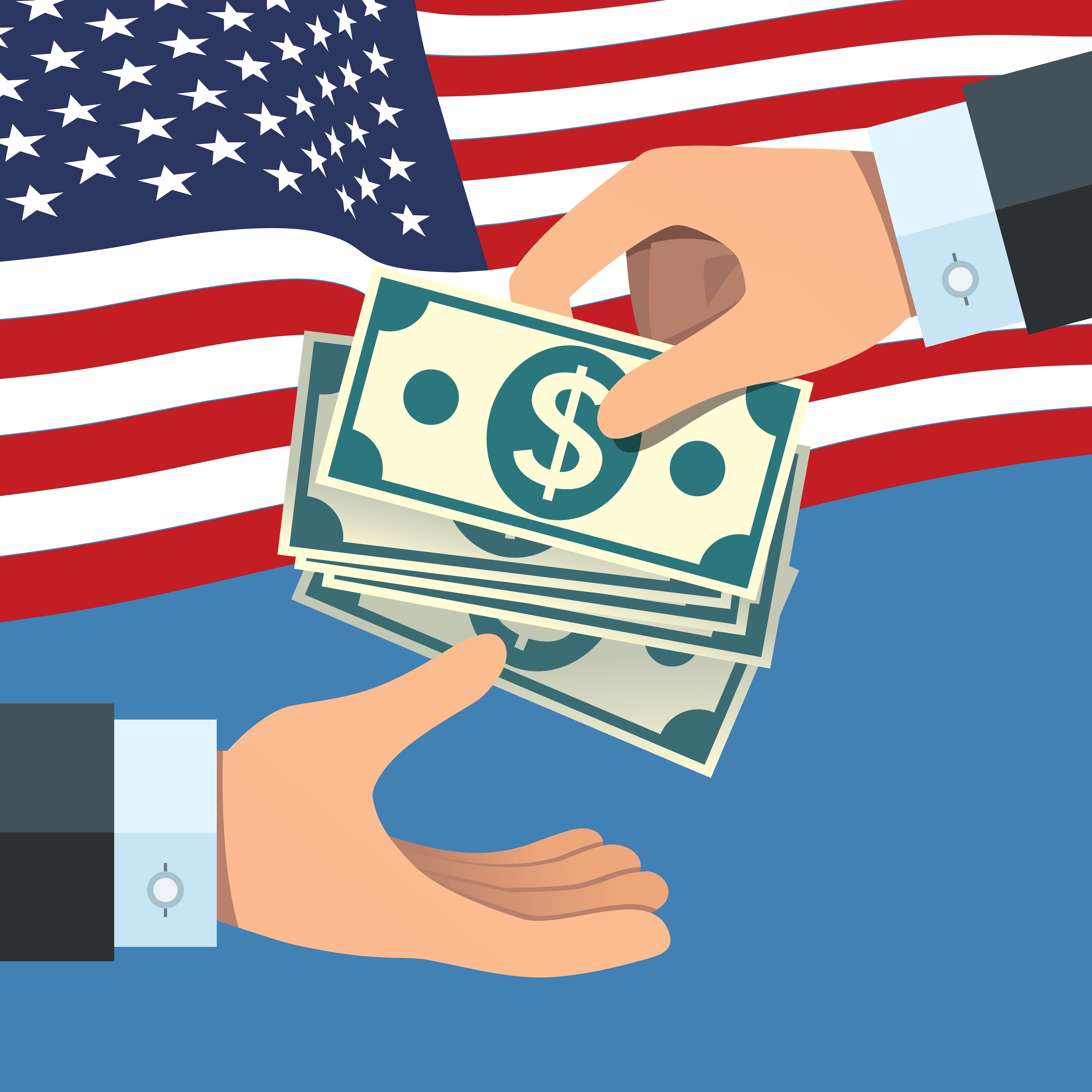The average taxpayer is getting a $2,852 refund, $75 more than last year, based on the most recent IRS data. So what should you do with that money?
Experts generally advise putting it toward debt and savings, but, for many people, that’s unrealistic.
A tax refund is typically the “biggest extra windfall of the year,” said Courtney Alev, consumer financial advocate at Credit Karma.
“One thing we do see is a propensity to consider a tax refund something to splurge with. One in four taxpayers see it as free money and plan to spend it on something they would not otherwise,” she said. “While this behavior is completely understandable, given how hard up people are — with the rising cost of living, and high interest rates, the best thing you can do is use it as an opportunity to advance your financial goals.”
Emily Garcia, 30, who works in marketing for a medical imaging software company in Toledo, Ohio, said she and her husband, with whom she filed jointly, were refunded about $1,000 and spent the money on patio furniture.
“We wanted to dress up the backyard, to make it seem nice, and furniture’s not cheap,” she said. “It was a nice thing to have the refund check to be able to buy what we were looking at.”
Though Garcia and her husband bought a house two years ago, which they’re still in the process of paying off, they decided not to put the refund toward their mortgage.
“The debt’s not going anywhere,” said Garcia. “A thousand dollars is not going to make a dent. But it’s a good amount to buy something like furniture.”
Megan McClelland, 38, who works as a head high school counselor in Petaluma, California, is spending her refund — just over $1,000 — on travel, such as trips for a bachelorette and a wedding.
In October, McClelland had the last of her outstanding student loans cancelled through the Public Service Loan Forgiveness program, and so is debt free for the first time in years. She said that the $500 she had budgeted for her monthly student loan payments is now going into her savings account, so she sees the refund as a chance to spend on “things that I probably otherwise wouldn’t be able to pay for — or that would bring me into debt.”
In the past, McClelland said, she would typically have had to work extra shifts, moonlighting at a winery or as a caterer, to take a trip — or put the travel on the credit card. Now she can use the tax refund instead.
“The way the tax refund works in my mind is I can use it more for ‘fun money,’” she said.
As of late last month, the IRS had processed about 141 million returns and refunded roughly $261 billion to taxpayers, 2.2% more than at that time in 2023.
Matt Schulz, chief credit analyst at LendingTree, echoed the idea that paying down debt and contributing to savings are the two most financially sound things to do with a tax refund, though he said people should do both simultaneously, rather than choosing between the two.
“If you pay down debt to zero and you don’t have any savings, all that happens is the next time you have an emergency expense — like a flat tire or taking your dog to the vet — that expense just goes back on your credit card and you’re right back in debt,” he said. “If you can build a little bit of savings while you’re paying off loans you can break that cycle of debt so many people find themselves in.”
Said Alev: “Life is short, we want to reward ourselves. And we see a diverse set of responses (with tax refunds). Our best tip is to use that refund to get your financial life on track. At the treetop, that’s what we’re seeing and advising.”













